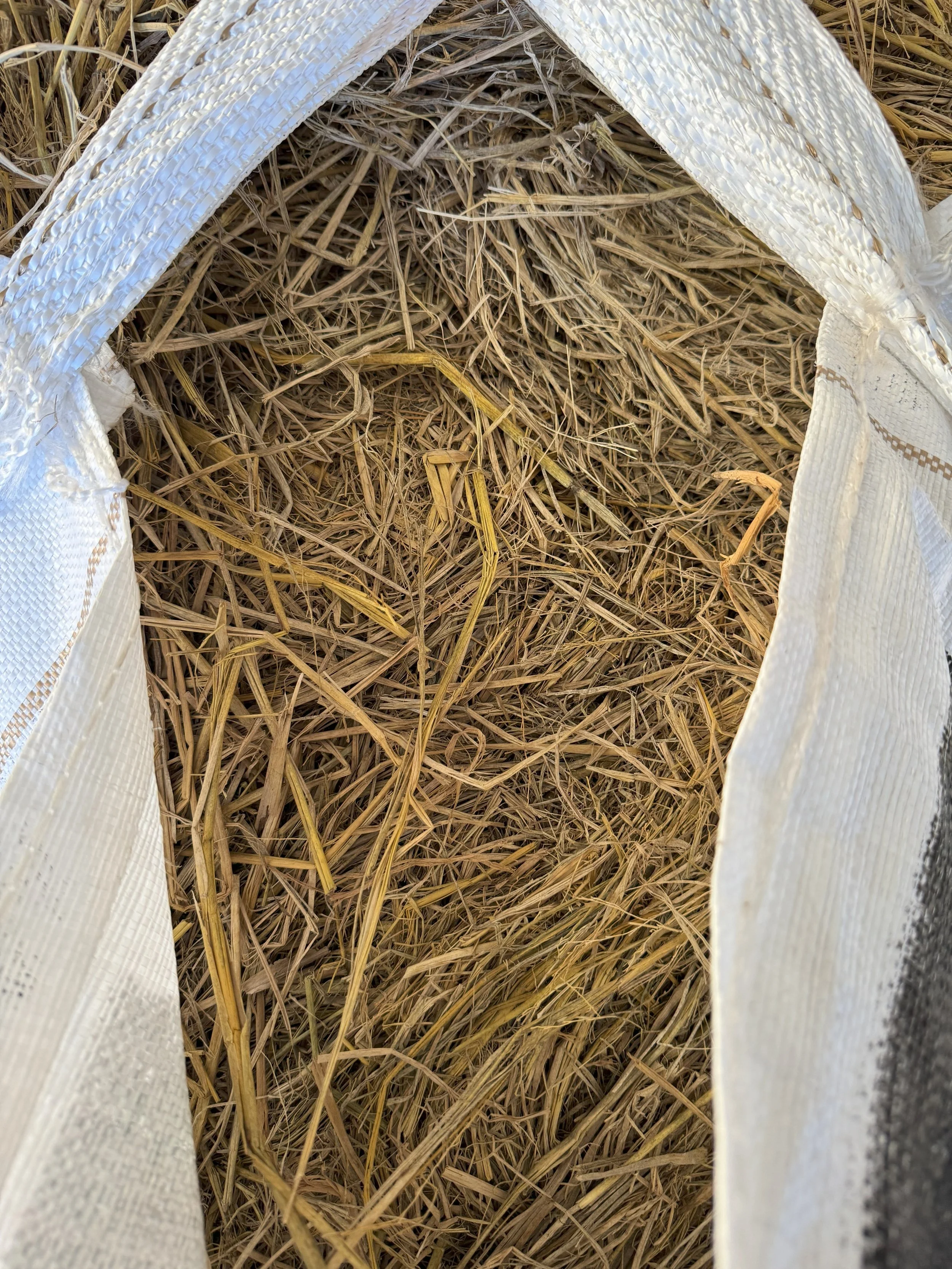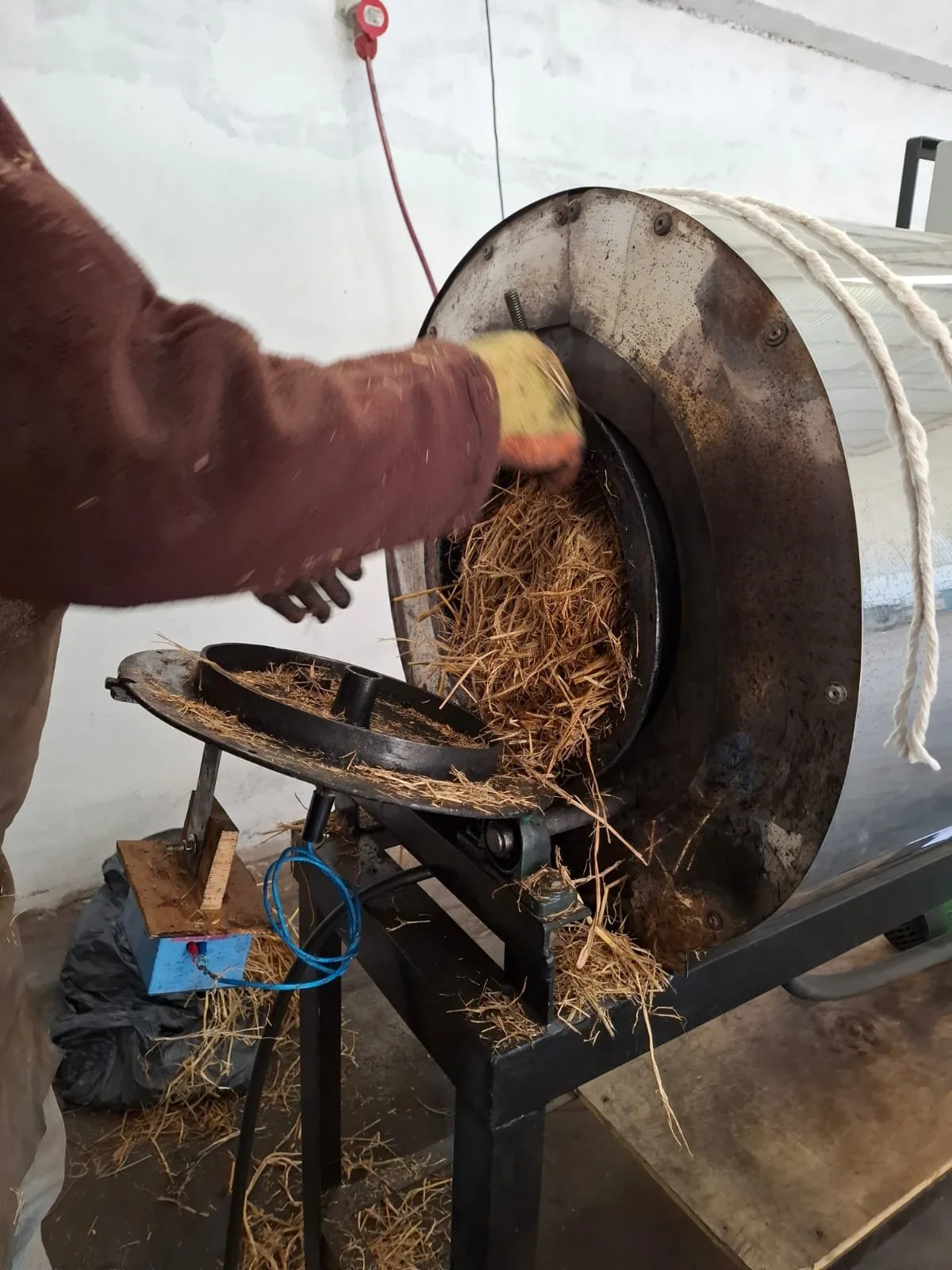Join the Climate Adventure
From agricultural waste to climate solution
From lab to field: building evidence step by step
Tupana is validating our solution through a series of laboratory and field experiments that demonstrate both technical rigor and practical feasibility.
Biochar quality testing: We measure carbon content, hydrogen-to-carbon ratios, and stability indicators to guarantee long-term permanence — over 100 years of secure carbon storage.
Pilot pyrolysis runs: Small-scale pyrolysis units are in operation, generating essential data for our Monitoring, Reporting, and Verification (MRV) platform.
These experiments are laying the groundwork for a scalable, high-integrity carbon removal pathway — rooted in science, strengthened by farmer participation, and designed for lasting climate impact.
Biochar in Action
This short field recording documents Tupana’s ongoing trials in biochar application. Filmed from above, it illustrates the practical steps of integrating biochar into agricultural land

We transform rice straw and other agricultural residues into biochar — a material that locks away carbon for centuries while improving soil health and ecosystem resilience.
Turning agricultural residues into lasting climate solutions.
Monitoring, Reporting, and Verification (dMRV)
Core dMRV Components
Full-chain traceability from biomass sourcing to long-term soil monitoring.
Biomass Sourcing: Tracks the origin, volume, and type of feedstock to ensure sustainability, traceability, and additionality.
Pyrolysis Operations: Real-time data collection through integrated sensors, monitoring key quality parameters of biochar (e.g., H/C ratio, O/C ratio, fixed carbon, volatile matter).
Transport & Application: Geotagged logistics and precision tracking verify the delivery of biochar and its application in the field.
Soil Monitoring: Annual data collection on environmental conditions and soil temperature to validate carbon permanence.
Gas, Nutrient Flux & Crop Metrics: Tracks reductions in CH₄ and N₂O emissions, improvements in soil nutrient use efficiency, and crop yield impacts.



